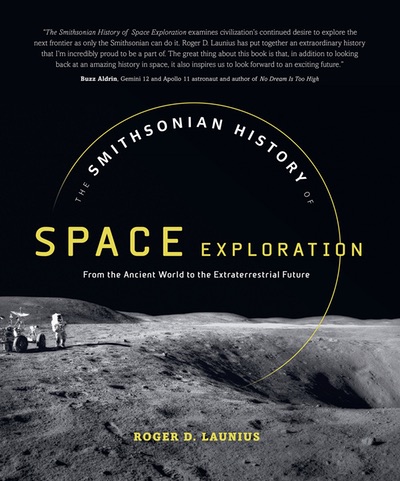Review: The Smithsonian History of Space Explorationby Jeff Foust
|
| The book is intended for relative newcomers to the topic. Individual sections in each chapter are typically just a few pages long, with extensive illustrations and sidebars. |
Another entry in those retrospectives is The Smithsonian History of Space Exploration by Roger Launius, the former NASA chief historian and associate director of the Smithsonian’s National Air and Space Museum. As the subtitle indicates, the book offers an expansive, if high-level, overview of the history of space exploration, principally for newcomers to the subject, one that includes, but is not exclusively devoted to, NASA or the race to the Moon a half-century ago.
The book starts with the origins of rocketry and studies of the night sky, but moves swiftly into the pre-Space Age developments of rockets in World War II and Cold War, leading to the first launches to space. Subsequent chapters examine the early days of human spaceflight and the race to the Moon. Later chapters examine a range of other topics: the entry of other nations into the Space Age, exploration of the solar system, and development of the shuttle and ISS.
The book is intended for relative newcomers to the topic. Individual sections in each chapter are typically just a few pages long, with extensive illustrations and sidebars. While the breadth of topics in this book is impressive, it comes at the expense of not going into details on many issues. For example, the Gemini program, which played a key role in developing the technologies needed for humans to go to the Moon, gets just a passing reference, sharing a couple pages with the Soviet Voskhod program.
At the end of the book, Launius identifies five key challenges for the future of space exploration: maintaining political will, developing improved access to space, creating “smart spacecraft and rovers” for solar system exploration, protecting the Earth and humanity, and sustaining all of that over the long term. He doesn’t propose specific solutions to those challenges, but it’s clear that they will have to be addressed for the future of space exploration to build upon the historical achievements described in this book.
Note: we are temporarily moderating all comments subcommitted to deal with a surge in spam.
